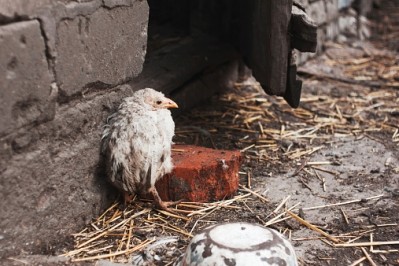Hong Kong freezes poultry trade over bird flu fear

The government’s Food and Health Bureau has placed an interim ban on all live poultry trade after a faecal sample tested positive for the lethal H7N9 avian influenza (AI) strain on Sunday 5 June. It is a strain that the World Organization for Animal Health (OIE) has said is dangerous as it can cause humans to become “severely ill”.
The OIE has so far not been able to independently verify the H7N9 outbreak, but Hong Kong’s secretary for Food and Health, Dr Ko Wing-man, said he was “very concerned” about the virus.
In a statement published on 5 June, Hong Kong’s government confirmed the sample had been obtained in a poultry stall in Yan Oi Market, in Tuen Mun. The city is sovereign Hong Kong territory, but is geographically connected to mainland China.
Government response attacked
Talks took place yesterday with Hong Kong’s health committee under the Preparedness Plan for an Influenza Pandemic, with a view to restoring poultry trade. Under Hong Kong’s tough infectious disease control measures, a 21-day suspension period from the point of disease outbreak is put in place to manage an animal health crisis.
The H7N9 strain was detected on 16 May and the 21-day cooling period has already passed. Despite this, health officials said trade would remain closed until specimens taken from all local poultry farms tested negative to AI.

A source of the disease has not yet been detected. Hong Kong’s Food and Health Bureau is still unsure about whether the strain came from a local poultry farm in Tuen Mun, or from either mainland Hong Kong or China.
According to a press statement issued by the Food and Health Bureau on Monday 6 June, the government has been at the sharp end of media criticism over claims it has “overrated” in its follow-up action to control AI from spreading.
Responding to this acquisition, Dr Ko Wing-man said: “The government maintains a very stringent level of surveillance and tight control of H7N9 virus. While the virus is of low pathogenicity in poultry, it is of relatively high pathogenicity when human beings are infected.”















